(8h-22h to T2-T7; 18h Sunday)

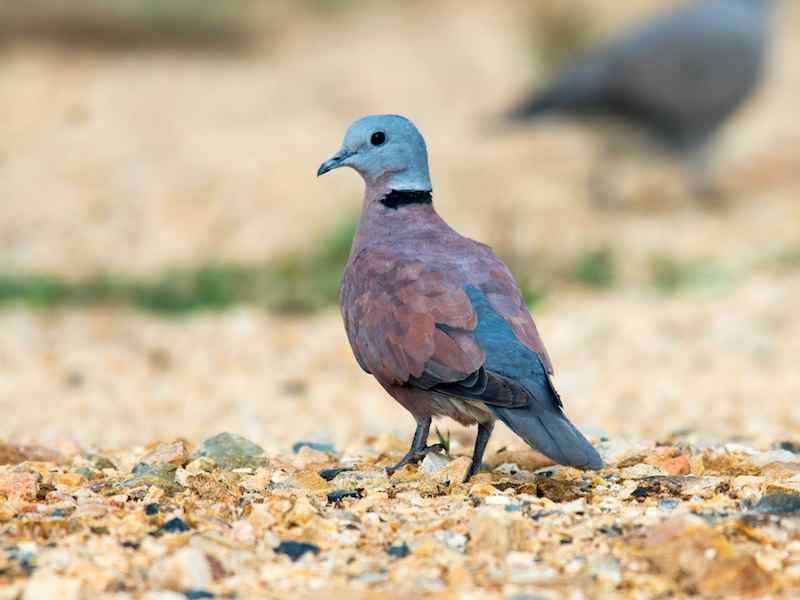
Red collared dove, cuckoo Belongs to the cuckoo family, has a smaller body size than the cuckoo Easy to identify with its red-gray-red body. There is a black border around the neck. They live in flocks, eating nuts, fruits, and grains. They nest on branches and leaves near open fields or grasslands to feed, they lay 2 eggs twice a year.
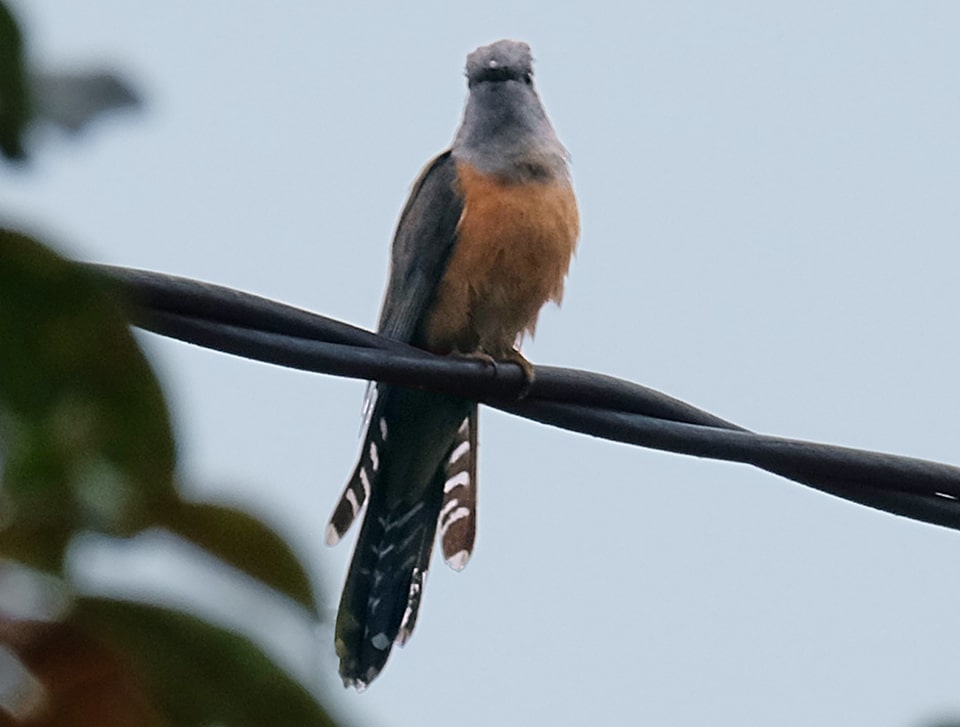
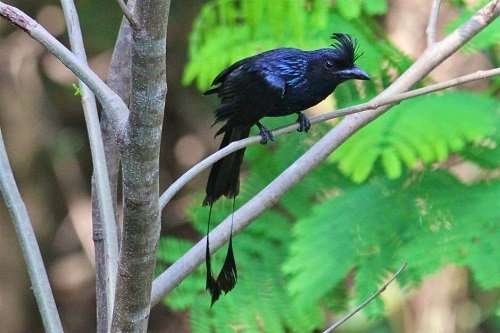
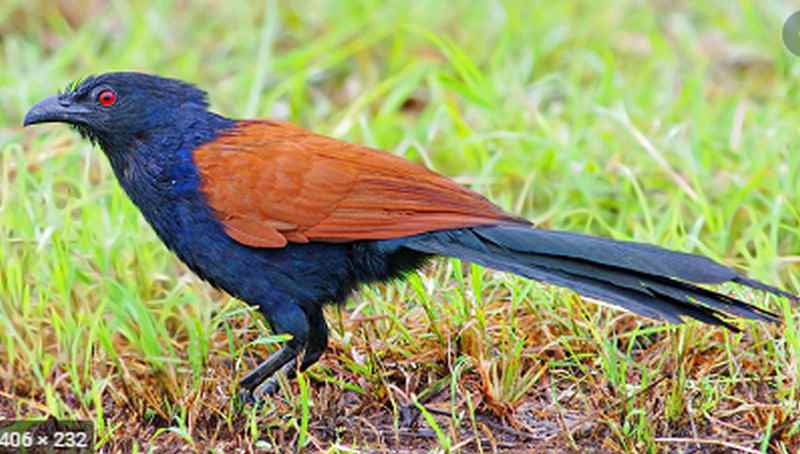
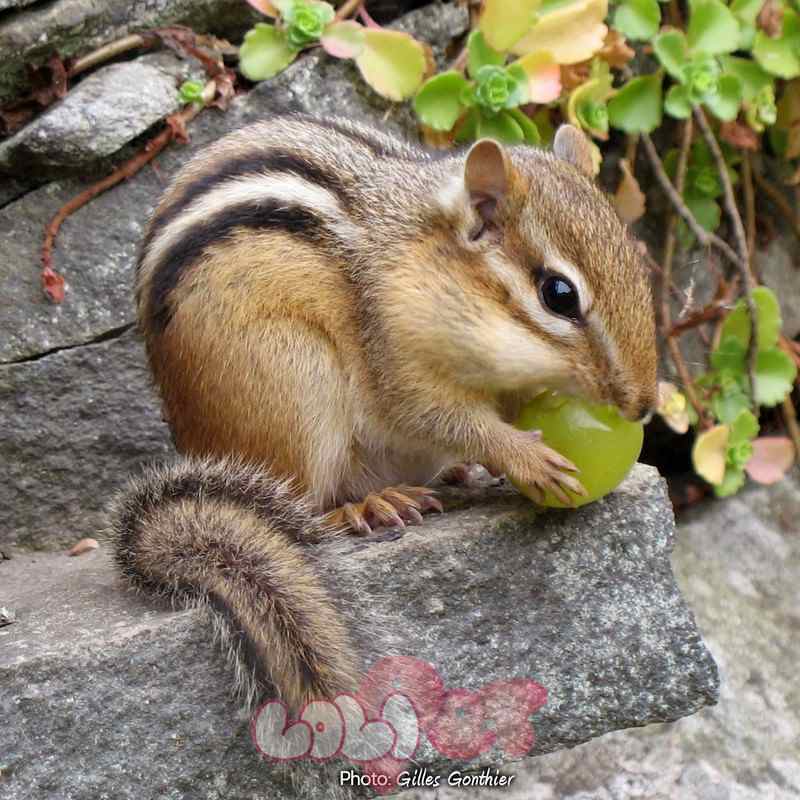
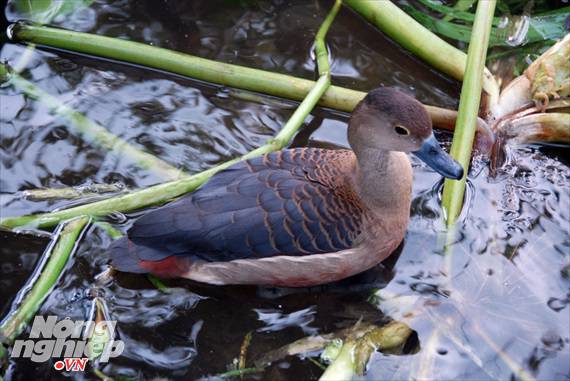
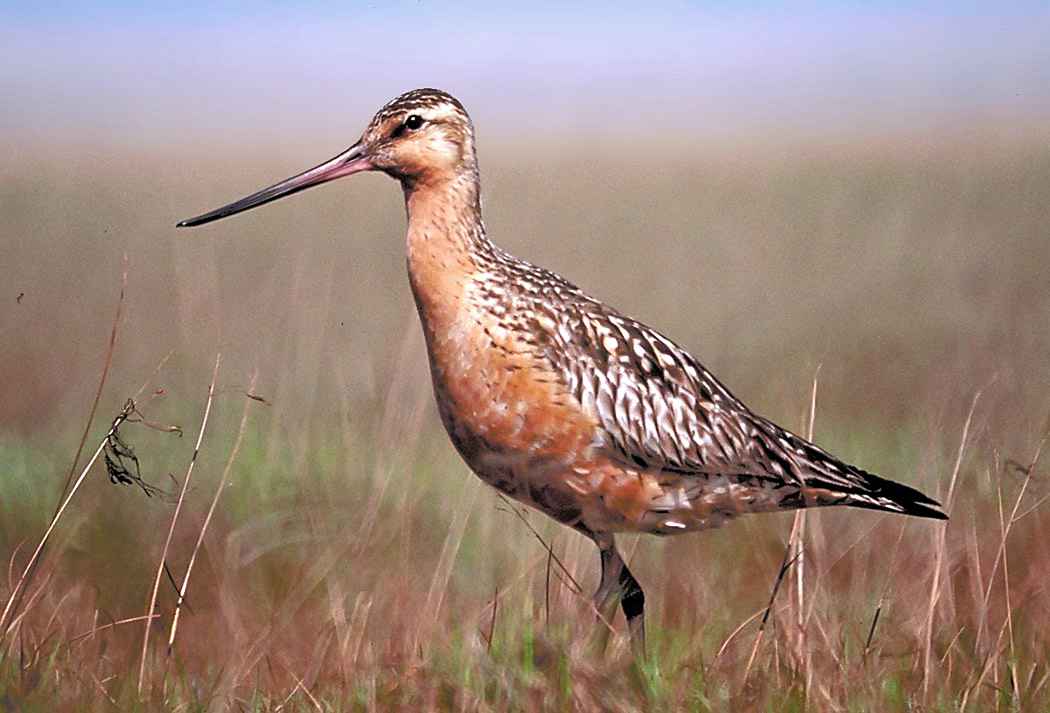

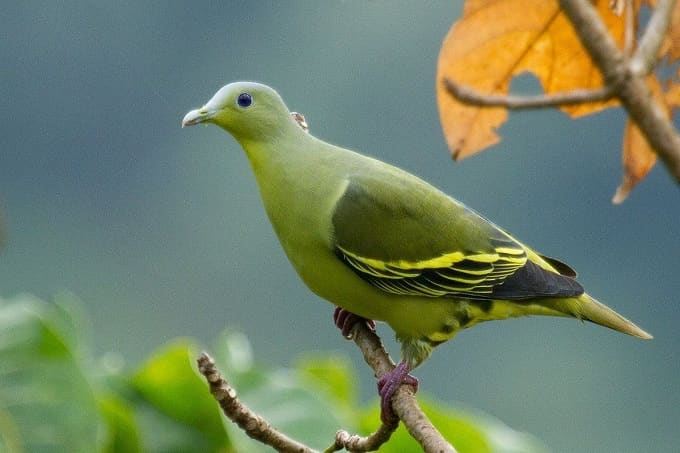
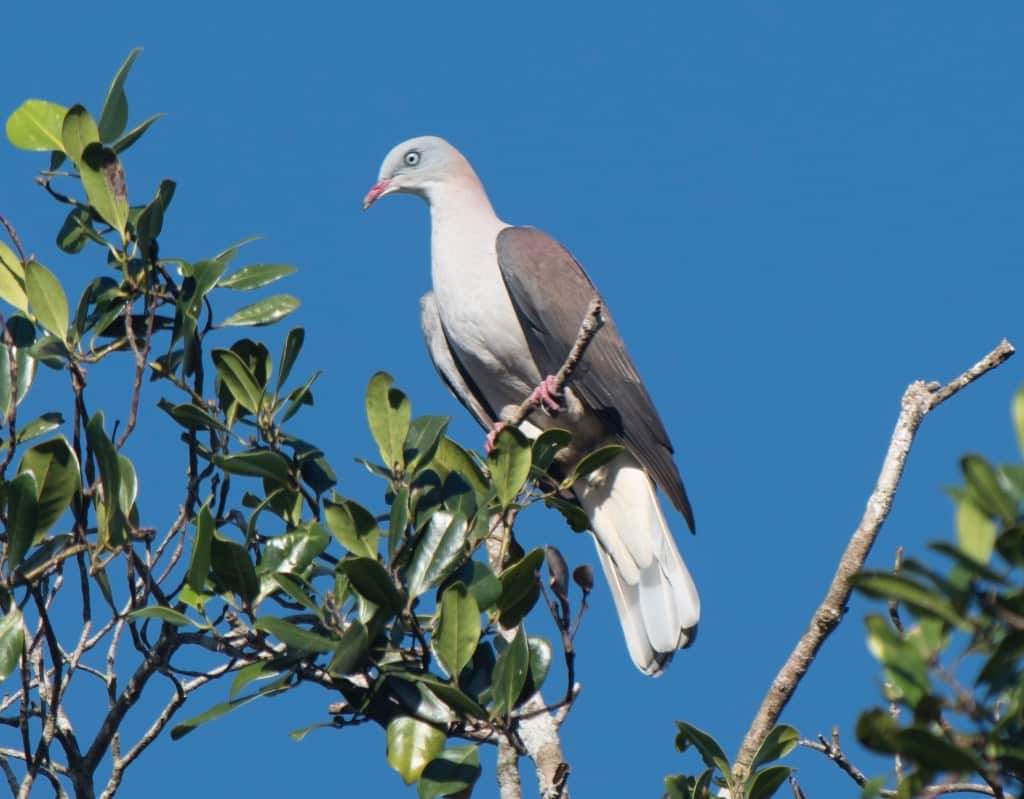
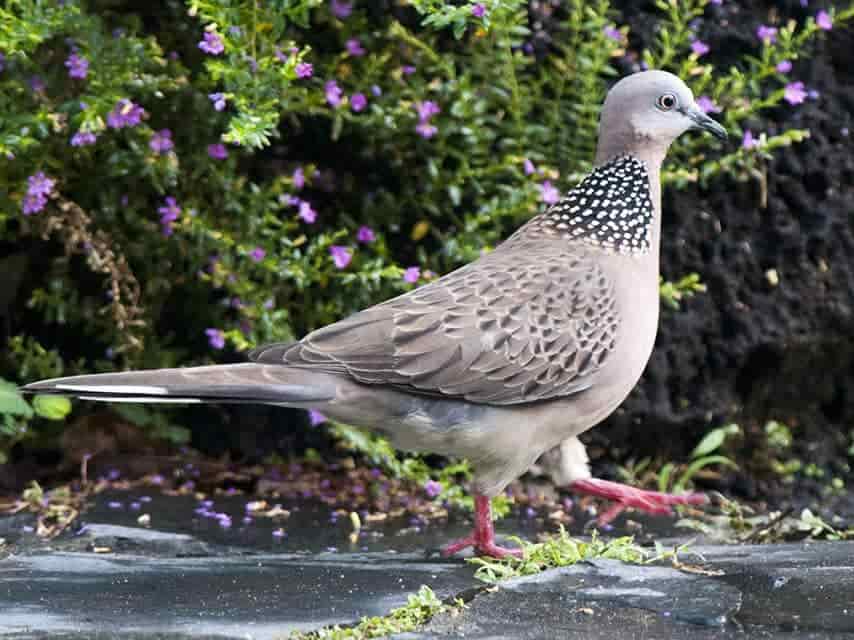

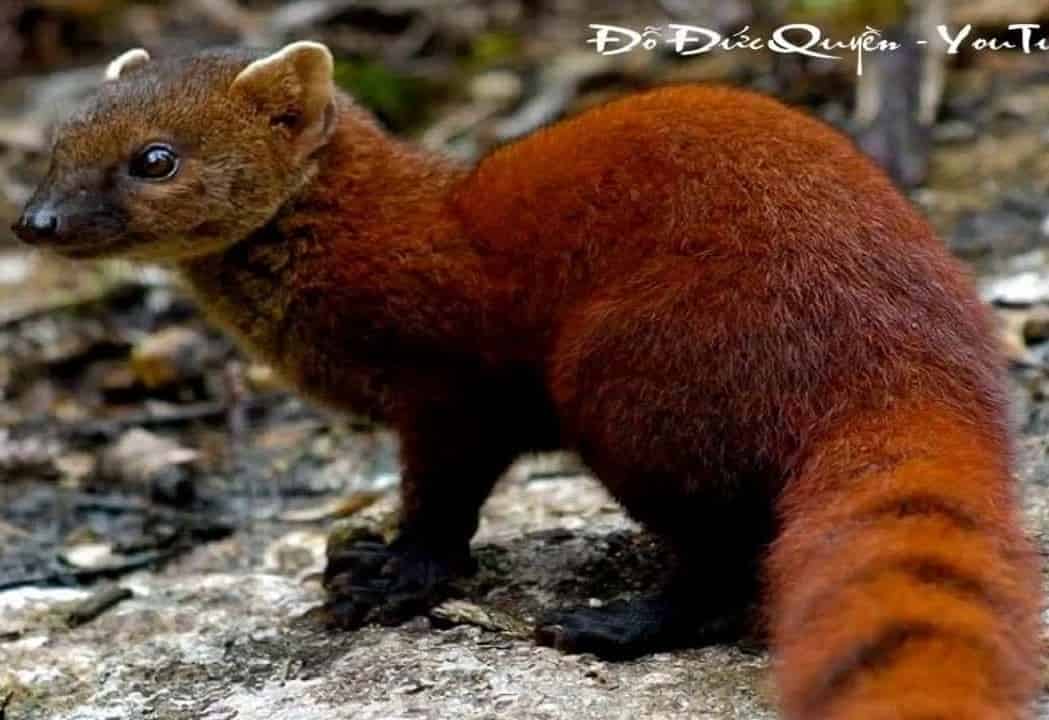
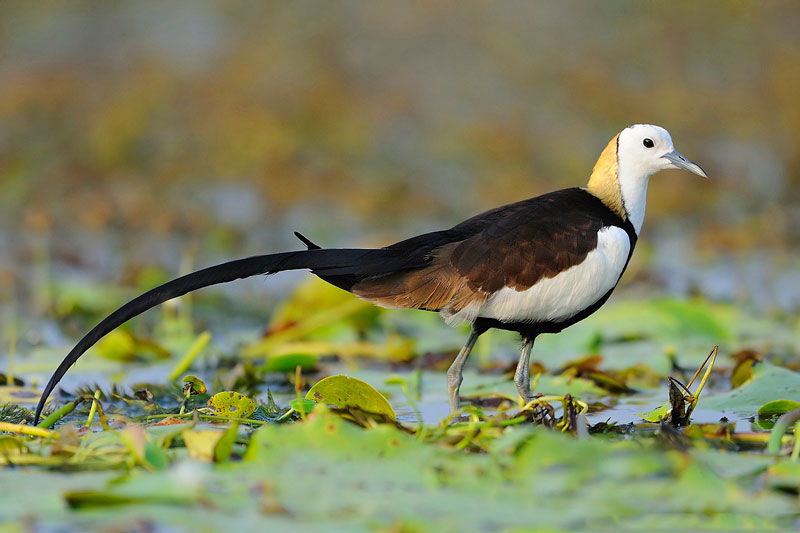
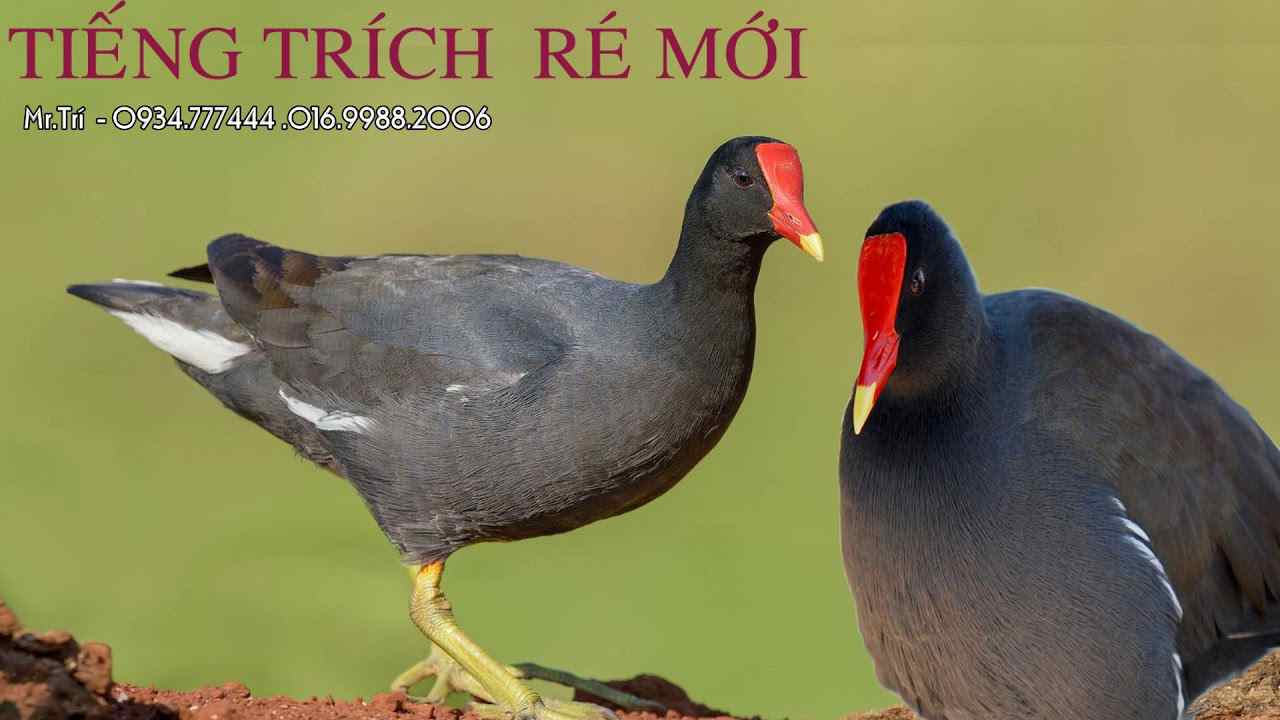
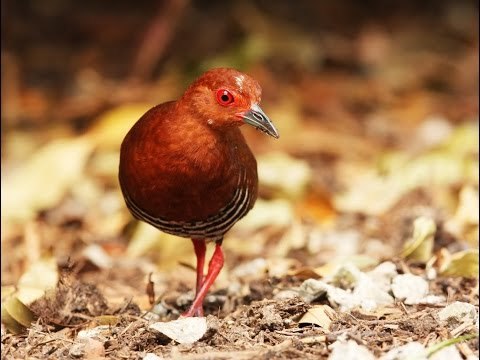
Red collared dove, cuckoo Belongs to the cuckoo family, has a smaller body size than the cuckoo Easy to identify with its red-gray-red body. There is a black border around the neck. They live in flocks, eating nuts, fruits, and grains. They nest on branches and leaves near open fields or grasslands to feed, they lay 2 eggs twice a year.
Are you looking for a Jungle bush quail bird sound file to beat forest birds? If yes, then download this file to try it out because this file is stripped of noise and processed with the most realistic sound very similar to the sound of a quail in the wild.
This species Green pigeon belongs to the cuckoo family. Easily identifiable with green hindquarters, green wings with brown and white borders. Light blue belly Red legs, silvery white beak. Red-necked They are fruit and seed-eating birds. Lives in the forest on high branches, lays 2-6 eggs, lives in herds, herds.
Watercock bird, copper chicken with body size 43cm, weight 0.3kg - 0.6kg, upright body. When flying, the neck and legs are extended. Male: Light black plumage with yellow bill, red base of bill, red legs. Females: Brown with darker stripes. Yellow or Blue Legs Mine is yellow When they fly, the whole body is brown, except for the striped back and white forelegs. Distribution: Northeast, Central and South, Central and South. The height of the distribution can be up to 1,100 m.
Chestnut headed bee-eater Measuring 20 cm, it is easily recognized by its gray crest on its back and yellow tip under its tail. There are no yellow spots on the cheeks, the lower part of the tail is pale yellowish gray. Distribution: all over the country. Status: They live and nest everywhere. Large numbers are usually found when they feed in large herds during the mating season. Villages, plantations, scrublands and forest edges can reach heights of 1,400 meters.
Spotted dove has a body size of 30 cm. Has a black neck with white dots. The feathers on the outside of the tail are white streaks that show up when flying. (Especially when flying to the ground) When startled, fly up and hear the flapping of wings very clearly. Usually forages on the ground Goes alone, in pairs or in groups. Young birds have a duller gray color. They feed mainly on crops such as rice, grass, corn kernels, beans, millet... They nest on low-leaved branches that are not too tall. The nest is simply formed from dry grass, laying 2 eggs twice a year.
The file is processed to remove noise suitable for training the national birds to practice and practice their voices, in addition, it can be used to effectively activate the national bird.
Trap season Common blackbird every year around November to December every year, flamingos live in groups and mainly live in the midland mountainous areas. Today, this type of bird is increasingly rare because many people flock to trap them, because Common blackbird has a beautiful picture that attracts many ornamental bird owners to buy, in the city 1 bird costs about 200k to 300k depending on the size of the bird. in their beauty and purity.
Body size of Eurasian golden oriole is 28 cm., Generally yellow A black band extending from eye to beak area. Pink bill, bluish gray legs, black wings and tail. The female's plumage is green with many thin black stripes, Singing: Sounds like a flute Status: quite common. Settlements can reach an altitude of about 1,500 meters. Coast: Secondary hedges, uplands, mangroves, coastal scrub and other forested areas.
Yellow bittern juvenile is also known as stork gong, stork ma and in some places called stork stork. With a fairly small body and with fiery red fur or some are reddish brown and mixed with a little gray. This bird usually lives in fields where insects and shrimp live. They often nest on reeds, reeds, pineapple thorn bushes.... Laying about 4-6 eggs. Eggs are white and egg whites are usually pale green and very fishy.
